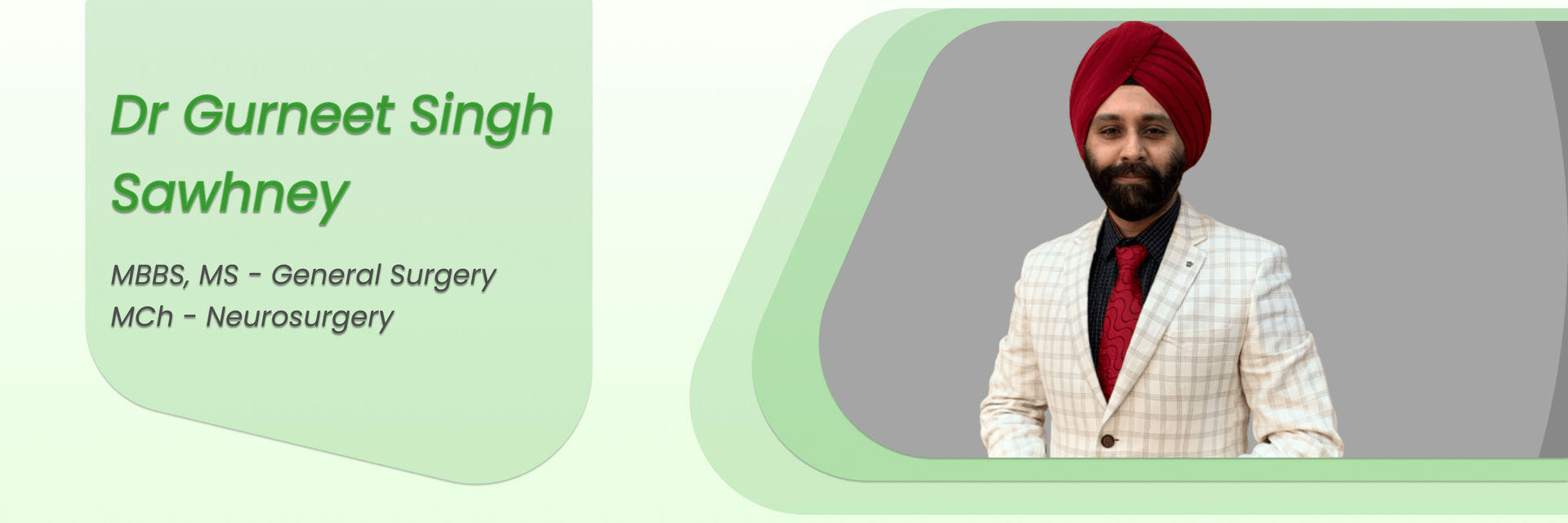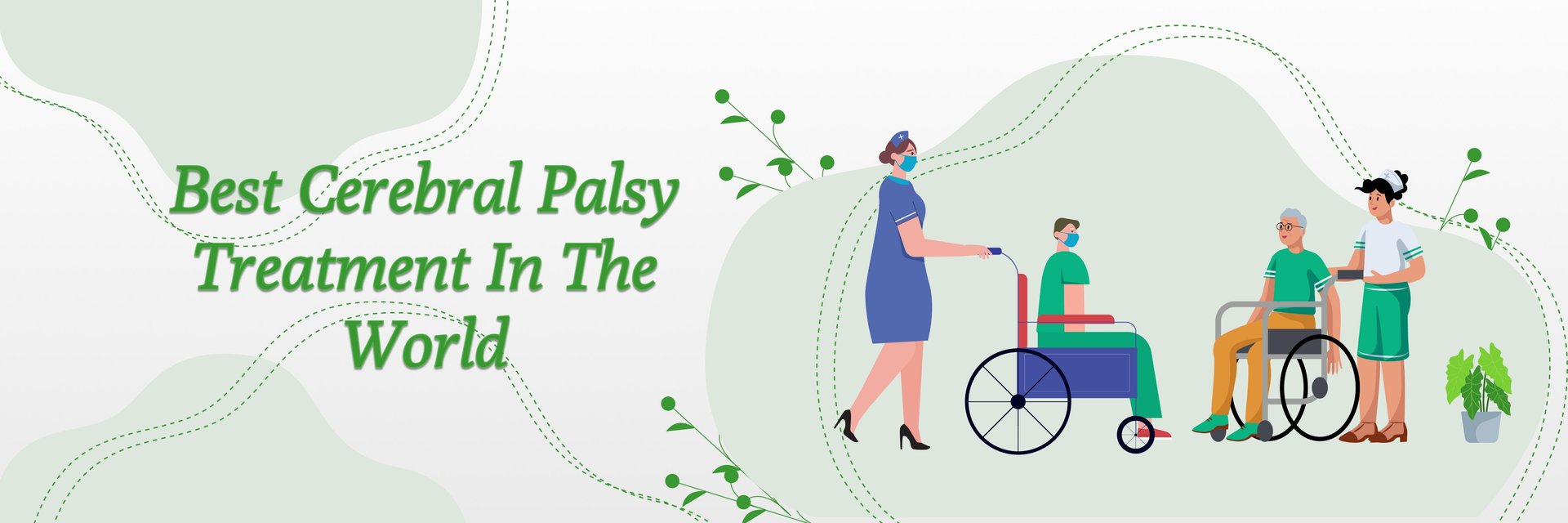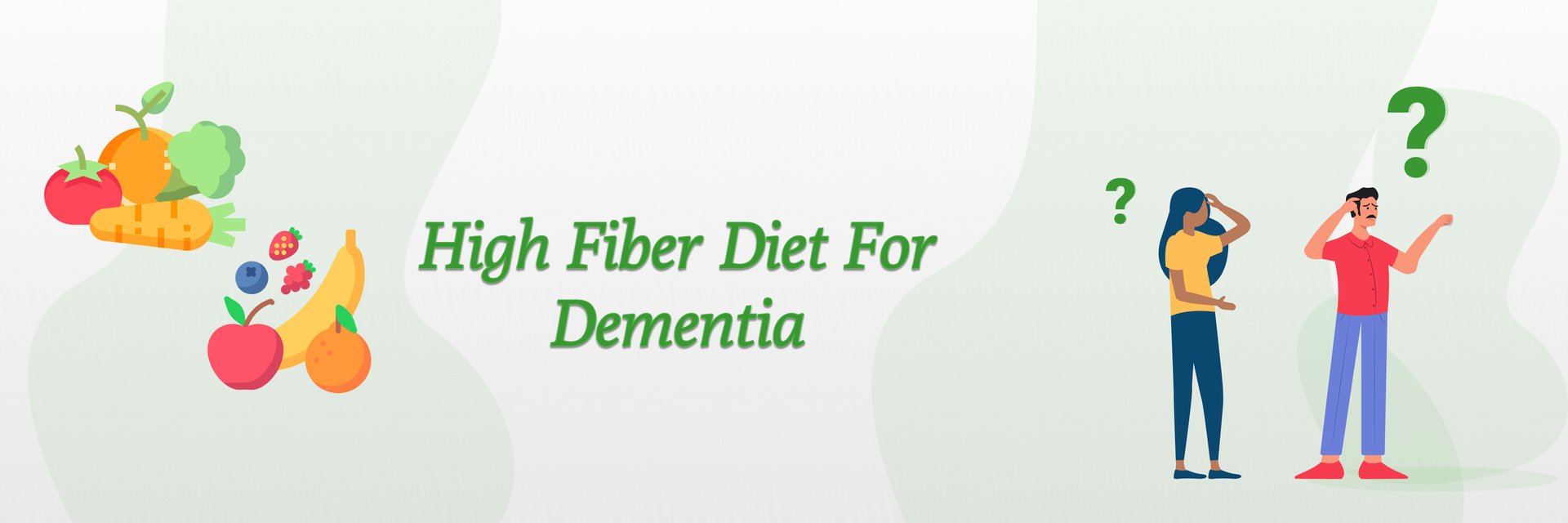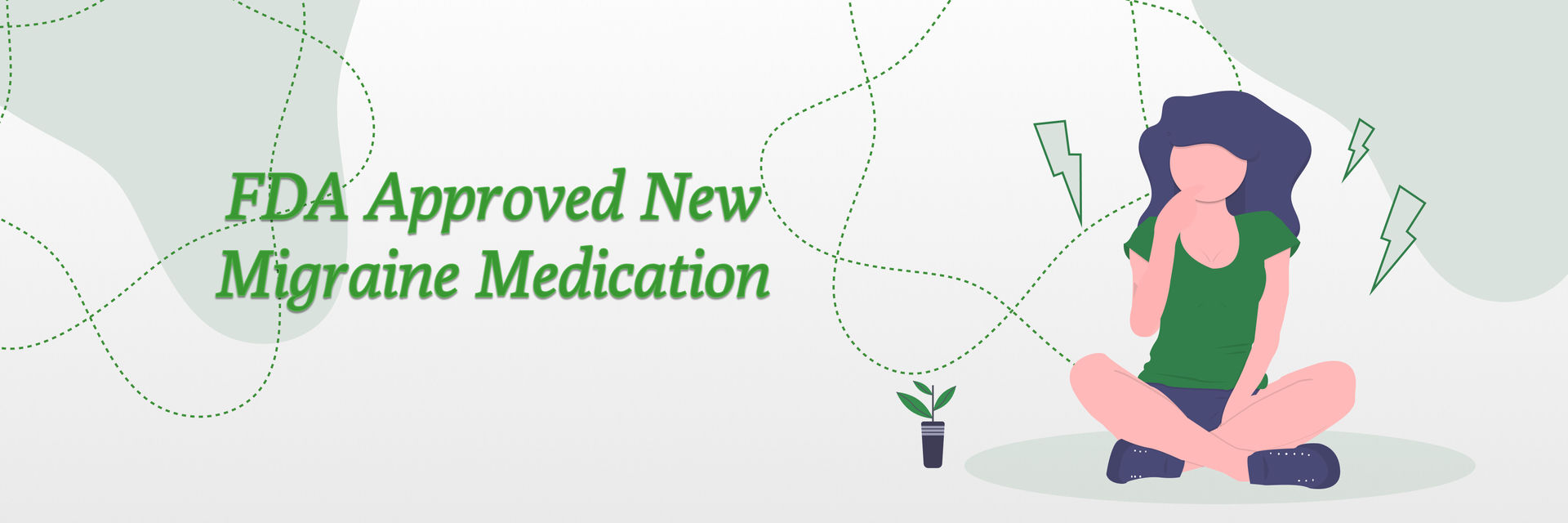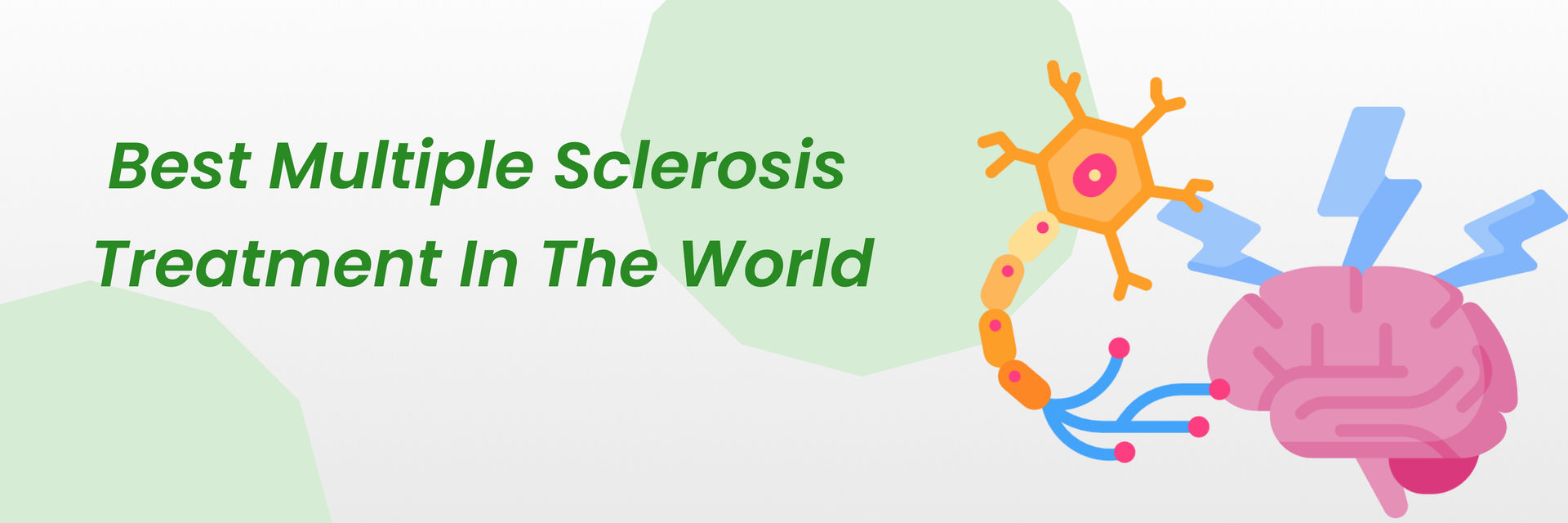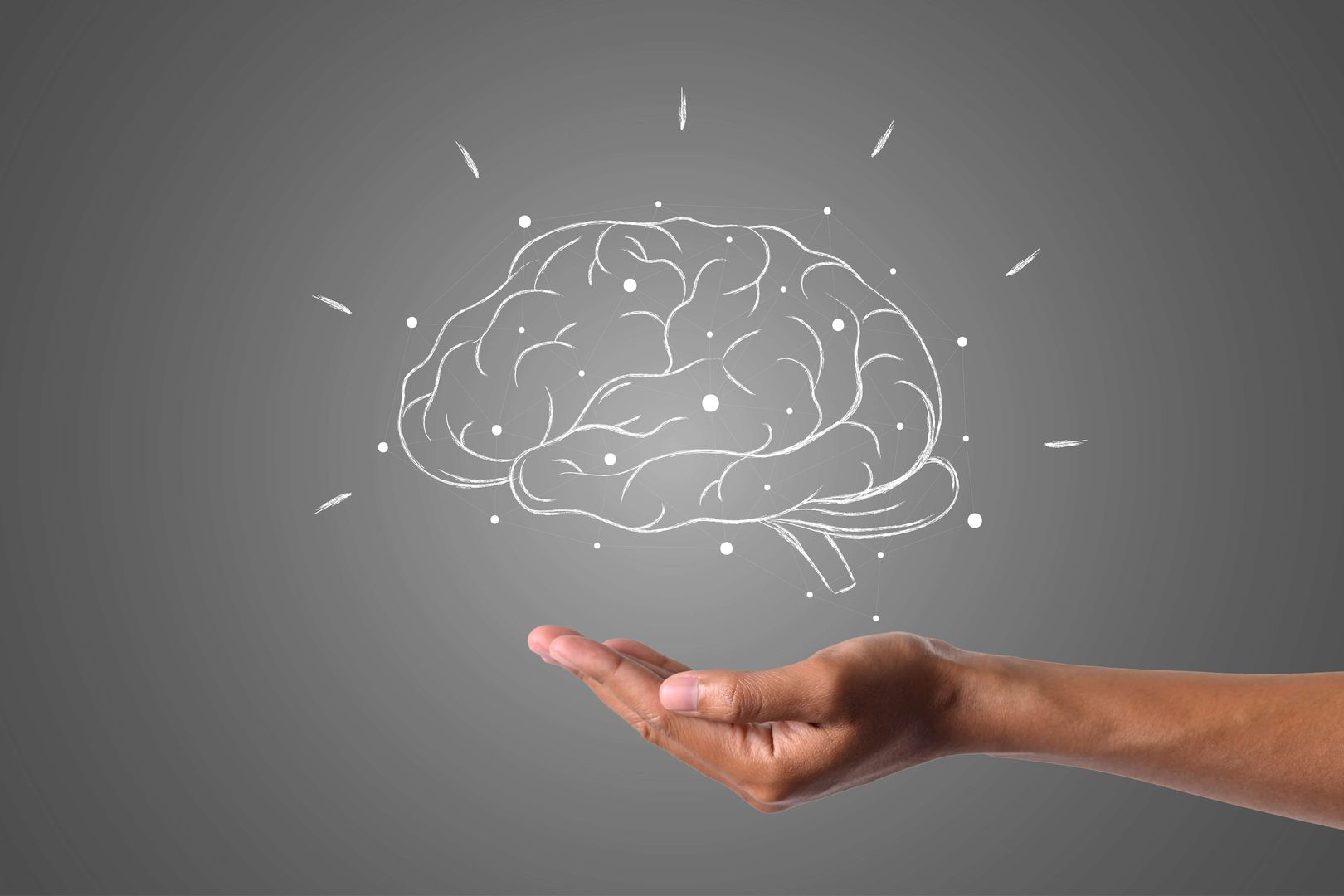Following a stroke, you may experience spasticity, a condition marked by increased muscle rigidity and involuntary spasms. This condition can significantly impact your mobility and quality of life. Strokes are triggered by disruptions in your brain’s blood flow, which leads to various neurological issues, with spasticity being a notable condition.
The path to recovery post-stroke is delicate, as spasticity presents distinct challenges for both patients and doctors. Understanding spasticity involves recognizing its physical and neurological issues. As well as the emotional impacts it carries. We will go through the reasons for its occurrence, duration, associated symptoms, and effective management strategies to recover from such a difficult situation.
Spasticity can sometimes be severe and cause a lot of pain. If you need expert medical help, book an appointment with a top neurologists in India.
Let’s continue by learning why you experience such muscle spasms and rigidity after a stroke.
Understanding Why Spasticity Occurs
Spasticity mainly arises from disrupted communication between the central nervous system and muscles. This happens due to brain damage during a stroke. Usually, the brain coordinates muscle movement via the spinal cord and nerves. A stroke damages this process, leading to more muscle rigidity and possibly severe spasms and disability.
The underlying process includes changes in muscle fibers and brain and spinal cord neural connections. Affected areas in the brain may fail to regulate the neurons properly, causing excessive muscle contraction. This affects movement. It may also cause muscle shortening and less flexibility, making recovery even harder.
Neural plasticity, the brain’s capacity to form new neural connections, also plays a role in spasticity development. Sometimes, the brain forms new pathways. They may not work well or overly stimulate the neuromuscular system, increasing muscle stiffness.
Dr. Gurneet Sawhney, a renowned neurosurgeon in Mumbai, explains, "Spasticity following a stroke arises from the brain's inability to properly regulate muscle control due to damage to the motor pathways. This results in involuntary muscle contractions and stiffness, impacting movement and function. Understanding the neurological basis of spasticity is crucial for tailoring effective treatment strategies and optimizing recovery for stroke survivors."
Most of the time, people who recently suffered a stroke for the first time start wondering about how long they will have to face these effects. Take a look below to know the answer.
So, How Long Does It Last?
Spasticity's duration post-stroke varies widely. It may diminish quickly within 6 months but maybe a lifelong condition for others, as the durability depends on many reasons. Factors such as the
- severity of stroke,
- the number of affected regions in the brain and
- the timeliness and efficacy of treatments are key to determining their duration.
Starting rehab early and continuing health care is key. They reduce the length of spasticity and how severe it might get. Treatments like physical therapy, medications, and sometimes surgery help manage symptoms. These therapies improve muscle function, eventually helping restore movement.
Apart from the usual muscle problems, there are some other symptoms that you should be aware of.
Other Related Symptoms of Spasticity After Stroke
Spasticity often coexists with other neurological and physical symptoms post-stroke, such as
- limb weakness,
- coordination and balance difficulties, and pain.
There are some non-physical symptoms as well, including
- emotional, cognitive, and communication challenges.
- It substantially impacts daily activities and overall well-being.
- Furthermore, pain while moving your body is also prevalent for spasticity patients.
- It usually arises from overactive muscles and stress on misaligned joints and tendons.
Addressing these related symptoms is crucial for improving recovery and quality of life post-stroke.
Do not attempt to treat your symptoms using home remedies. These issues do require special attention and intervention from a qualified neurologist.
Below is some information regarding how your spasticity can be managed through efforts from both the doctor and the patient.
How to Manage These Symptoms?
A personalized approach is essential in managing spasticity and related symptoms post-stroke. Recovery typically involves,
- physical therapy for muscle stretching and strengthening
- occupational therapy is used to improve daily life skills and
- speech therapy is used to improve affected communication.
- Apart from this, your doctor may recommend medications like muscle relaxants and antispasmodics to help reduce muscle tone and relieve pain.
Some advanced treatments also exist. These may include botulinum toxin injections to lessen muscle stiffness or intrathecal baclofen pumps that deliver medication directly to the spinal fluid. Surgical options such as tendon release or nerve sectioning may be necessary for severe cases to improve mobility.
Conclusion
Spasticity after stroke represents an important problem but is manageable. Knowing the causes, time of occurrence, and related signs helps. It makes managing and rehab better. A blend of medical therapy, physical therapy, and supportive care aims to improve quality of life. Close cooperation between those with spasticity and healthcare providers is crucial to developing a personalized treatment approach.
Do you have any further questions? Refer to some FAQs below.
FAQs
Is spasticity an indicator of bad stroke recovery all the time?
Not necessarily. Spasticity may occur at various stages of stroke recovery. It may not always match the overall outcome. Patients with a lot of spasticity may recover if they are properly managed and rehabilitated.
What are the other therapies for spasticity after stroke? Are they complementary?
Certainly, some people might get relief from spasticity by other therapies. These include acupuncture, massage, and biofeedback. These therapies do not treat spasticity. But, they support relaxation, stress reduction, and well-being.
Does spasticity post-stroke influence sexual function or intimacy?
Indeed, some people suffer from spasticity in the muscles of the pelvic floor or lower limbs. This spasticity can affect sexual function and intimacy. Just talk to healthcare providers. Try some adaptive methods or other treatments. They can help with those concerns.

